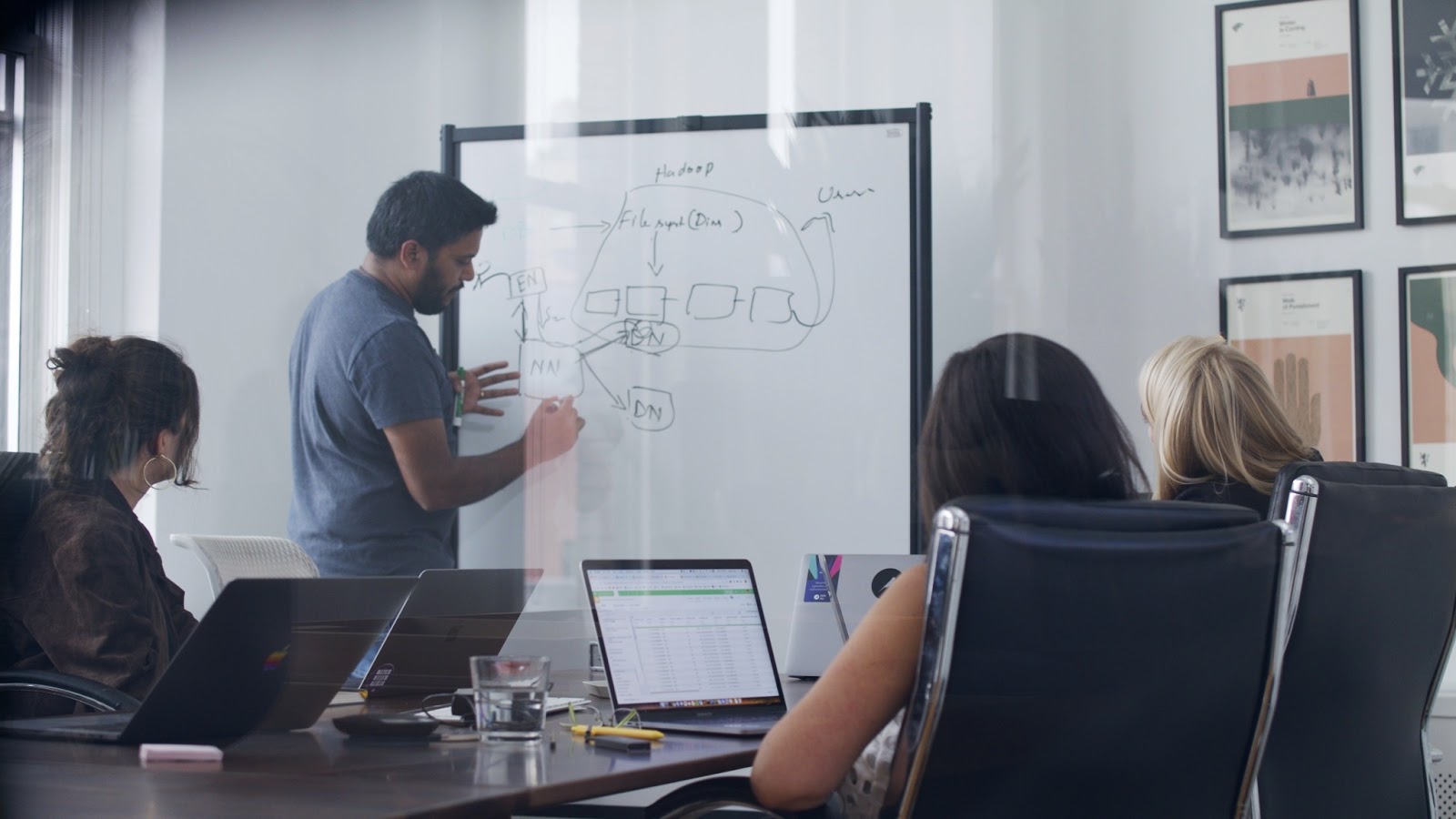Tom Brown, also known as @tgb417, is one of the most active users in the Dataiku Community (with fellow ambassador users, the Dataiku Neurons). As a personal passion and professional mission, Tom is helping nonprofit organizations better understand their stakeholders through data — and leveraging Dataiku along the way.

We thought some of his learnings would be of interest to our broader community of users and data practitioners. Read on for nuggets of wisdom on democratizing access to insights in the world of nonprofits!
Most Common Data Challenges for Nonprofits
Lack of Proper Infrastructure
As a striking example, when Tom started contributing to data analysis for a community college a few years ago, the collection pipeline was... making tick marks on a sheet of paper and having a work study student convert those tick marks to a spreadsheet! That is at the extreme end, to be sure, but many grassroots movements rely on Excel spreadsheets. Even the largest cultural nonprofit organizations don’t typically have data science tools to support the building of data pipelines and predictive modeling.
Vision and Skills Challenge
The first challenge reflects a deeper issue of stakeholders’ awareness and ability to understand what data science is, what value it can bring, and what is possible through operationalization.
In an already-tense job market, it is difficult for nonprofits to hire for specialty data skills, especially as they have historically hired on the more “people skills” side, including word literacy, fundraising, and passion for mission.
Hence Tom’s work revolves around building awareness around how stakeholders in nonprofits think about what data pipelines and predictive analytics can do for their organizations.
A Look Back at Tom’s Data Science Journey
Tom started his data science journey when a colleague asked him to analyze Theater Seat Hold for donors, press, and community groups. It turned out that the colleague really wanted Tom to predict what seats would actually be used at show time. And, at the time, Tom could not reliably do that due to lack of appropriate data science skills and tools.
He then contributed to a community college in New York, where he was using the free edition of Dataiku (version 3!) to create a data cleaning and visualization pipeline — namely, understanding traffic flows at the library reference desk to better inform staffing about its utilization, and ultimately improve the student experience.
Tom moved on to the Liberty Science Center, a children’s science museum, where he was spearheading digital projects and analytics. There, he benefited from the donated license granted as part of Dataiku’s program for nonprofit organizations.
Their objective was to forecast future-year attendance and build pipelines to gather customer email addresses at the Box Office. Thanks to Dataiku resources and the versatility of the platform, the team grew data science skills to create features and develop a model confirming their assumptions: museum attendance was strongly correlated with weather! Through simulating future years based on 20 years of past data, they were able to provide expectations for leadership within upper and lower bounds.
Throughout this period, Tom helped various nonprofit organizations design and implement new projects using Dataiku to equip them with data science tools and skills they can use (and reuse). That includes customer relationship management (CRM) data cleaning for a women-run theater in Georgia, audience segmentation and retention projects for the Cascade Bicycle Club, and membership churn modeling for a children's museum in Minnesota.
Throughout this journey, Tom has sought to exchange with peers in the industry to share learnings and best practices — from answering questions in the Dataiku Community, to leading the New York Dataiku User Group, creating an “Analytics Coffee” group dedicated to nonprofits, and an AI study group focused on fast.ai among arts administrators.

3 Key Learnings on Embedding Data Science & AI Into Nonprofits
Based on those exchanges and his knowledge from the field, Tom notes that data science and AI are still at the infancy stage in most nonprofit organizations. He drew three main learnings from his experience:
1. Visualization is your friend
Be it through graphs, dashboards, statistical worksheets, or model summaries, Tom has found that communicating visual insights was key for stakeholders to understand the value of data science and AI initiatives and to enable further investment from staff in time and resources.
2. Reuse and Leverage Existing Work
Not only is manual spreadsheet work time consuming and error prone, it tends to build data silos, and is a major blocker for building durable solutions. Implementing a data science platform has enabled collaboration between staff and volunteers of different skill levels. The visual interface allows all stakeholders to understand workflows, so as to build trust in the sources of the data and enable new team members to find and learn from the work of others.
3. Share Your Knowledge
It might not come as a surprise, but exchanging knowledge is key to empowering more people to gain insights from data. This involves sharing resources and connecting users so that they learn new data skills, produce their own insights, and build more advanced projects to benefit the broader organization.
Tom’s journey shows that it is not only about bringing data science into all these organizations, but more importantly providing a durable pathway for stakeholders to build their own vision of what data science and AI can bring to them.




